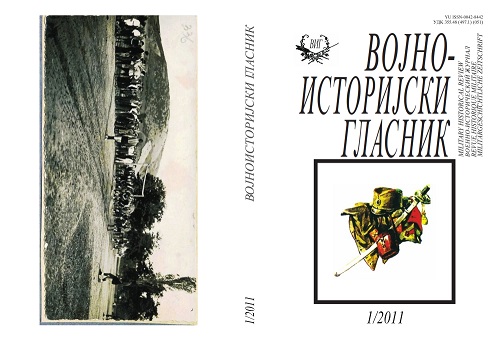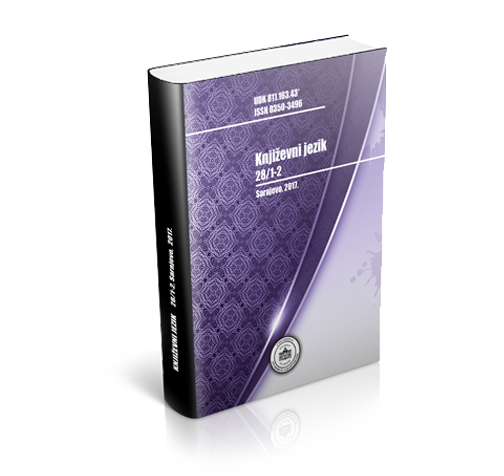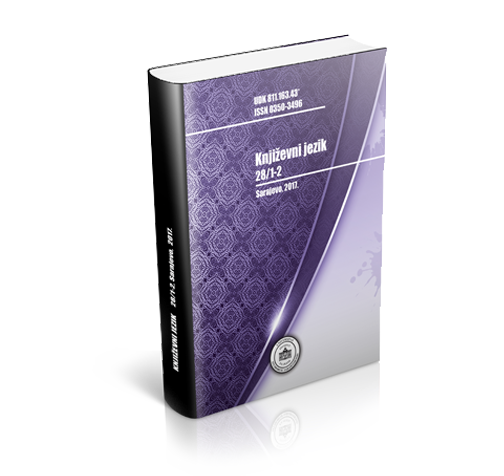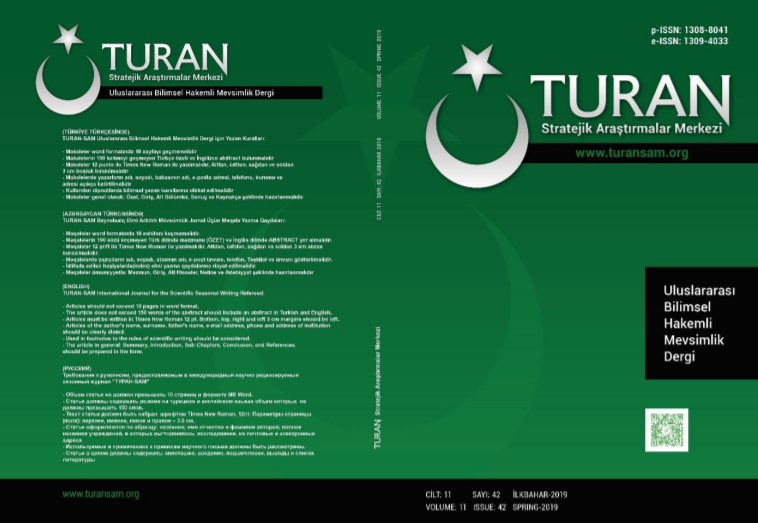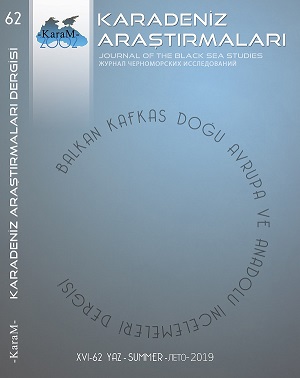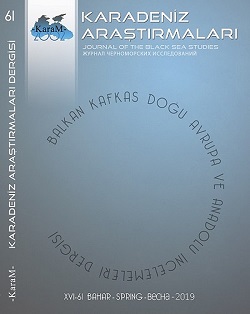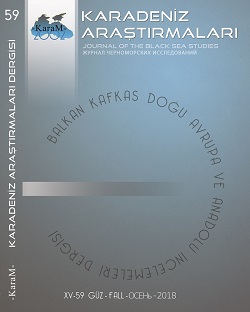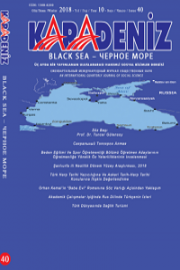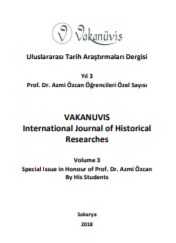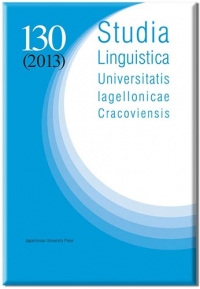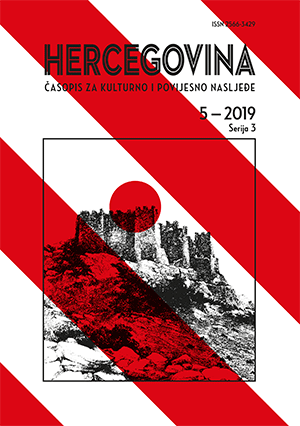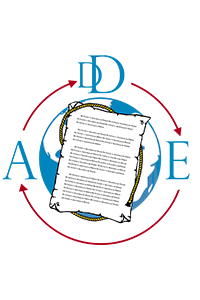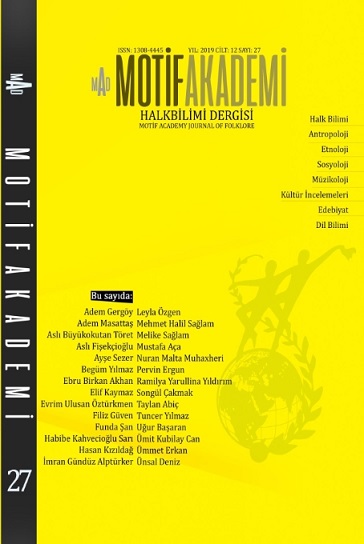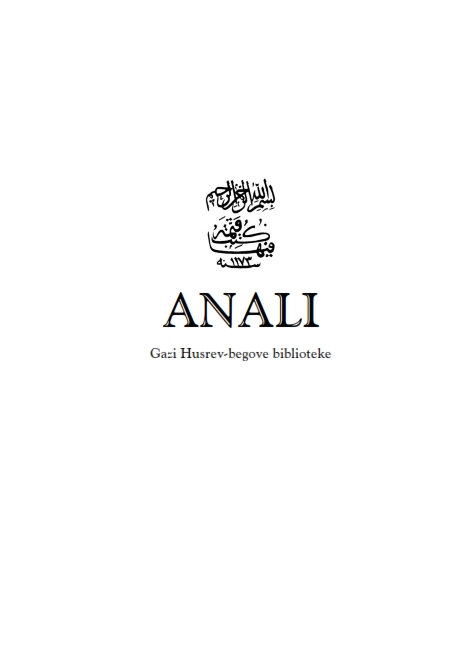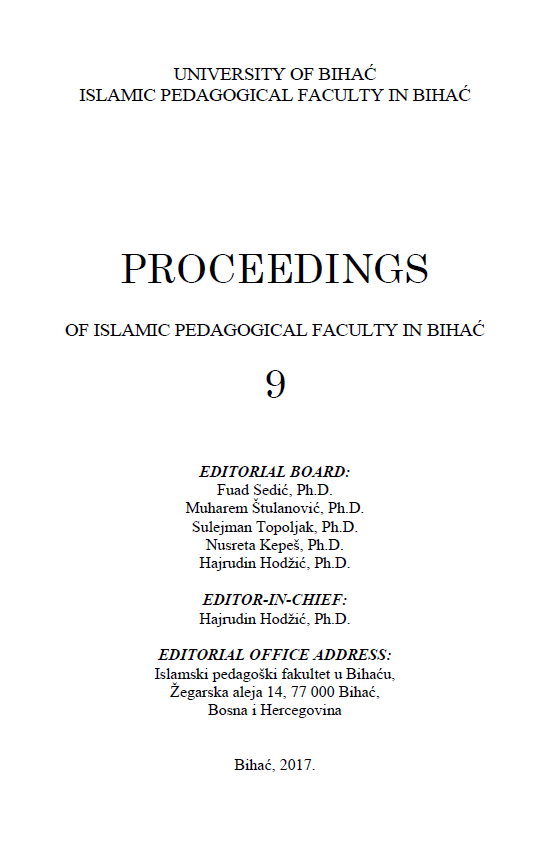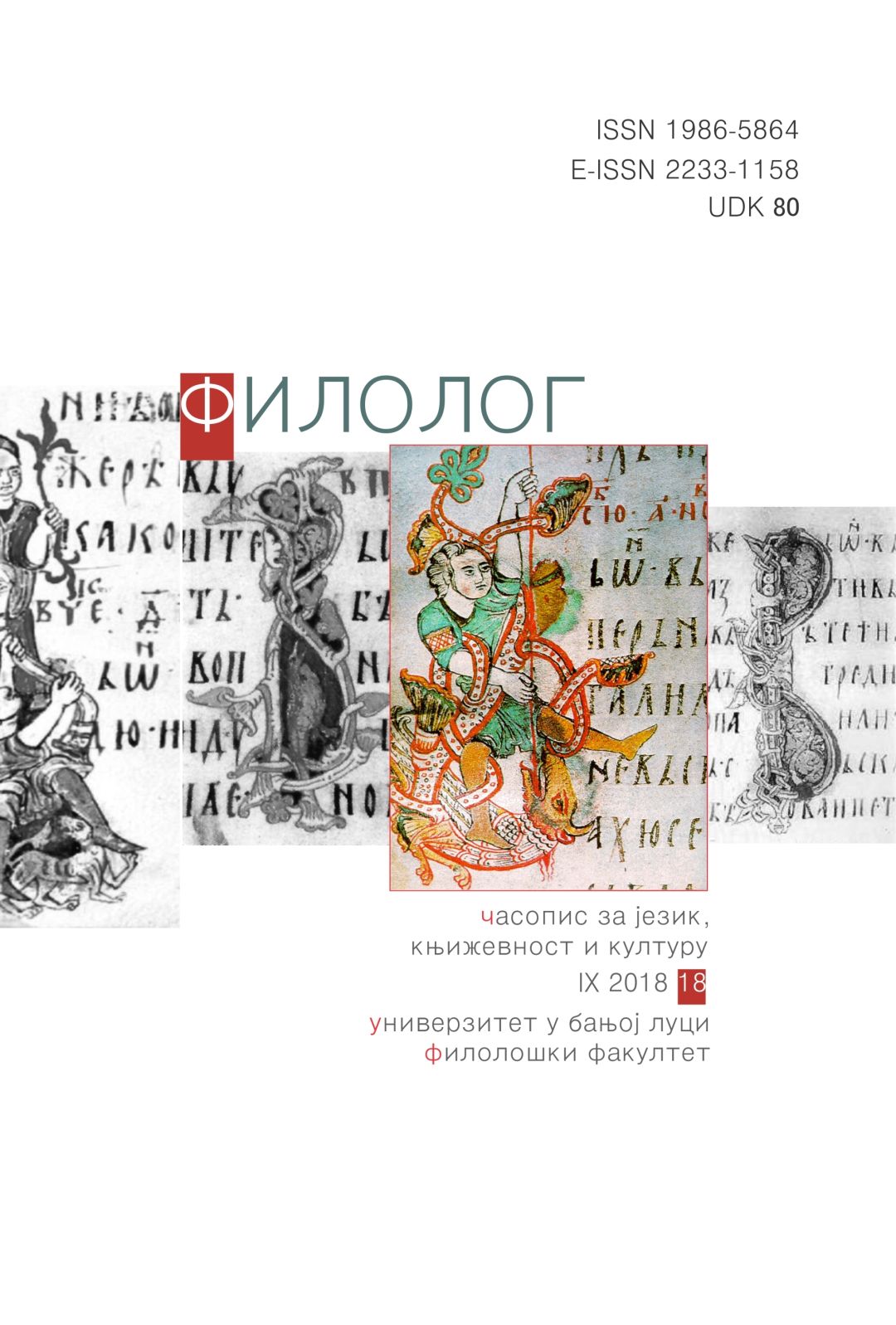
Статус суфикса -џија/-чија у Црнотравском речнику Радосава Стојановића
This paper talks about the semantic and formative analysis of lexemes with the Turkish suffix -džija/-čija listed in the Dictionary of Crna Trava by Radosav Stojanović as entries (78 lexemes), as semantic information (14 lexemes), and as part of the illustrative material (3 lexemes). The study of the semantic aspect has shown that the lexemes with the suffix -džija/-čija are mainly used for naming persons. Amongst the lexemes from this class, the most are those used for signifying the doer of the action (bojadžija, kondurdžija), and the persons of certain dominant characteristics (izbirdžija, šaldžija), and the smallest amount are those which are used to name the persons who belong to something, i.e. persons who participate in something (sobordžija, Mejandžija). In this work, we confirm that the suffix -džija/-čija can also participate in the formation of the lexemes used for naming animals (čorbadžija) and objects (kandžija). After conducting the formative analysis of the lexemes with the suffix -džija/-čija from the Dictionary of Crna Trava, we conclude that their basis is usually made of nouns (bombondžija, kantardžija) and verbs (drmadžija, probirdžija); we have also found that the number of lexemes formed through the adjective/adverb basis + the suffix -džija/-čija (veseldžija; bađavdžija) is not that large in this dictionary of dialect. The material confirmed the existence of three derivatives of the aforementioned Turkish suffix: -adžija (tupadžija), -edžija (siledžija), -idžija (ćeremidžija).
More...
